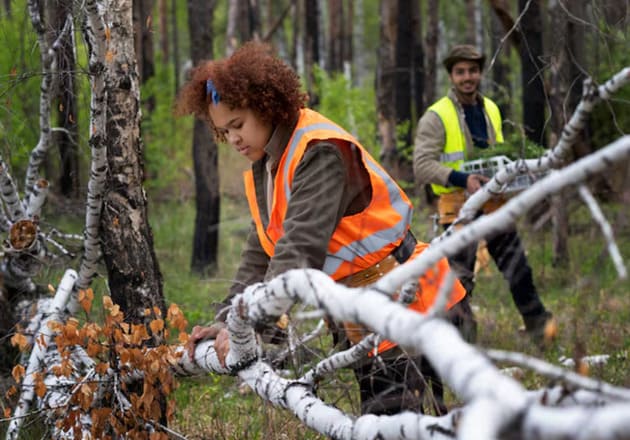
Urban areas are often filled with concrete, traffic, and constant development, leaving little space for nature to thrive. Yet, one of the most powerful ways to restore balance in cities is through tree restoration. Reintroducing and maintaining healthy trees in urban environments provides countless environmental benefits that improve not only the ecosystem but also the quality of life for residents.
1. Improving Air Quality
Trees are natural air filters. They absorb pollutants like carbon monoxide, sulfur dioxide, and nitrogen oxides while releasing clean oxygen into the atmosphere. In cities where vehicle emissions and industrial activities are high, restored tree canopies can significantly reduce harmful airborne particles. This leads to cleaner air, fewer respiratory problems, and a healthier urban population.
2. Reducing Urban Heat
Urban areas tend to trap heat due to concrete surfaces and lack of vegetation — a phenomenon known as the “urban heat island effect.” Trees help combat this by providing shade and releasing moisture through transpiration, which cools the surrounding air. Streets and neighborhoods with restored trees can be several degrees cooler than those without, reducing energy demand for air conditioning and improving comfort during hot seasons.
3. Managing Stormwater and Reducing Flooding
Paved surfaces prevent rainwater …




